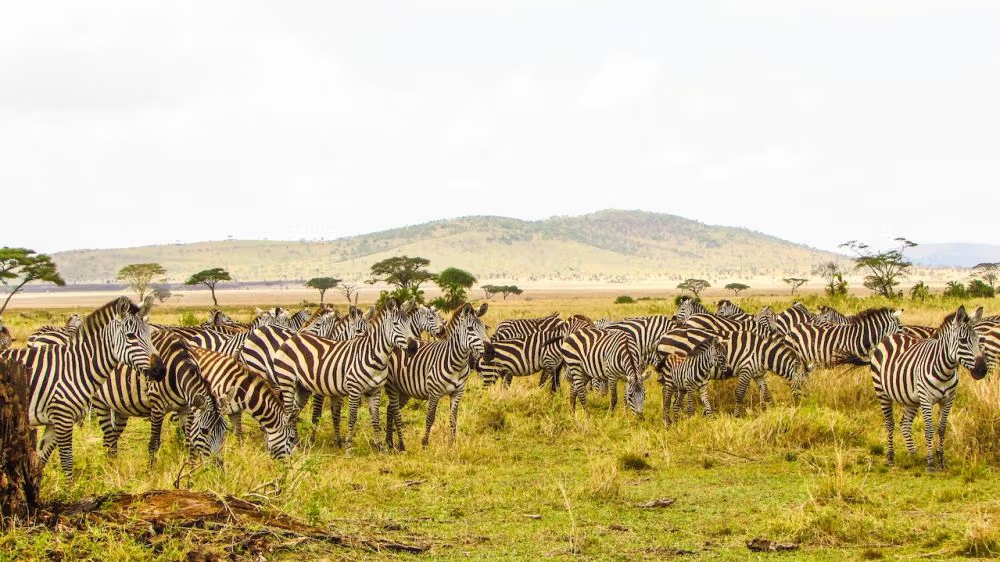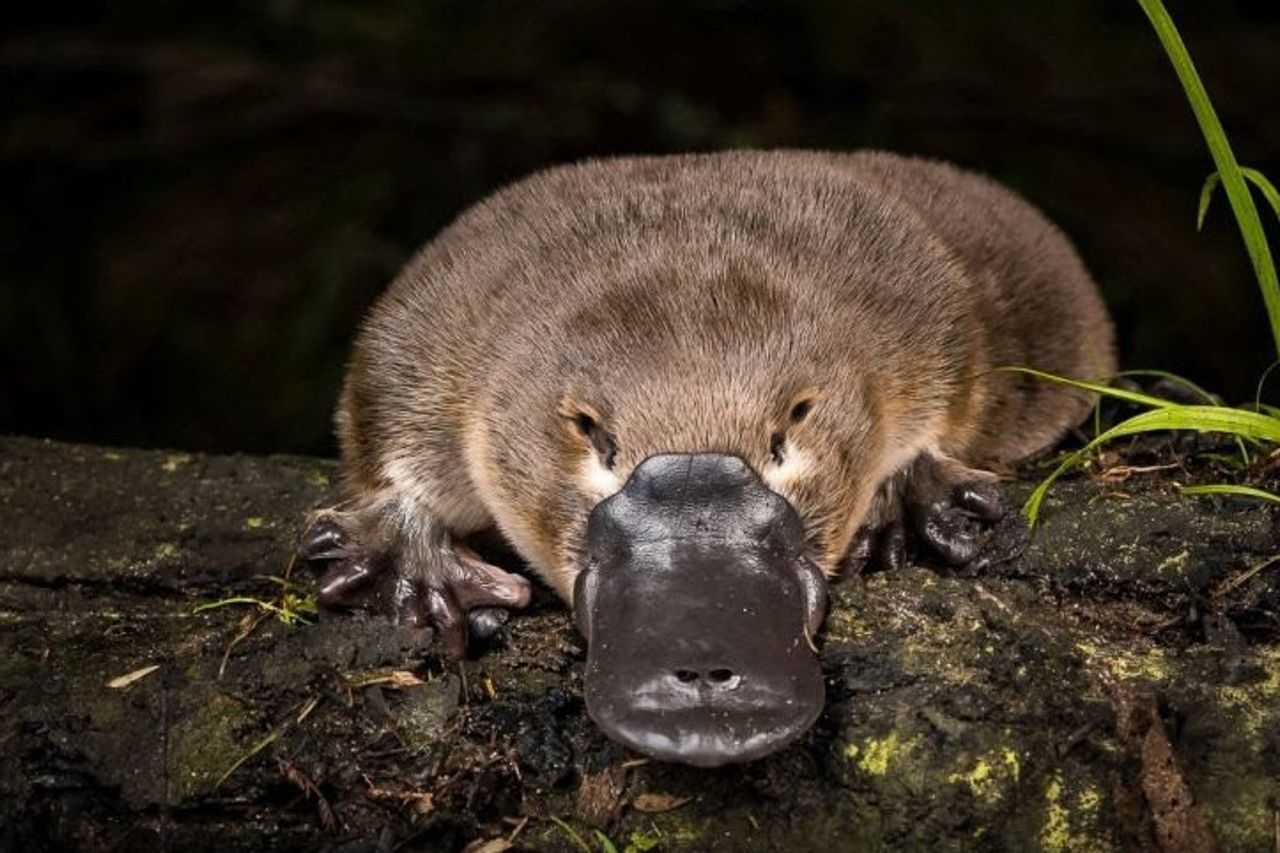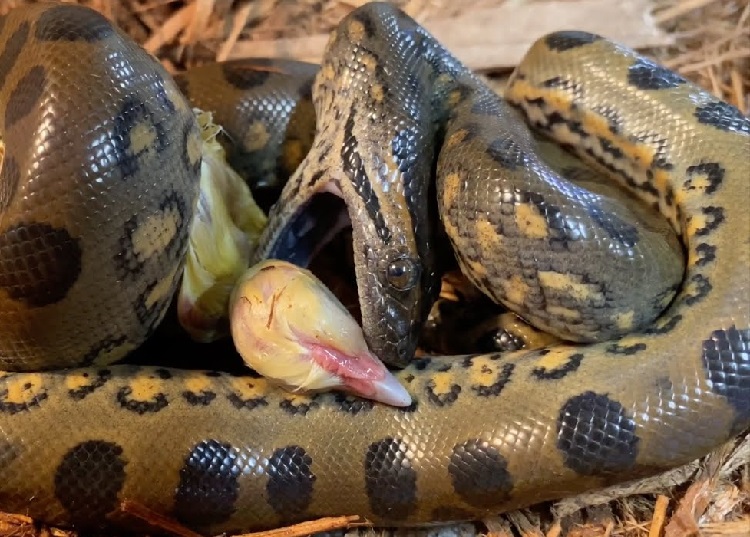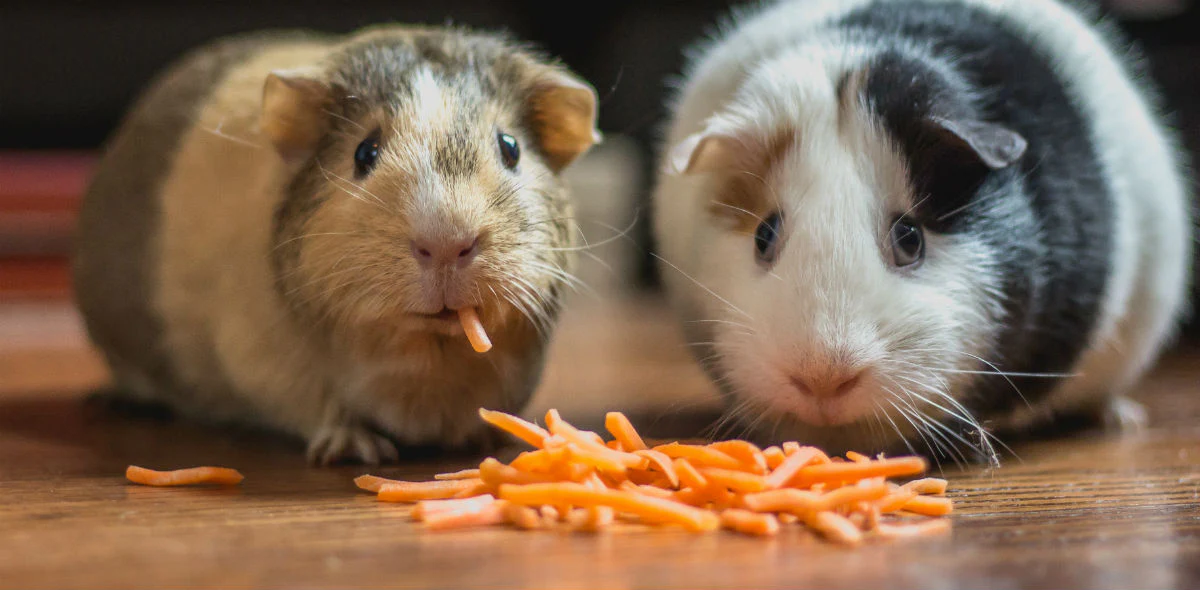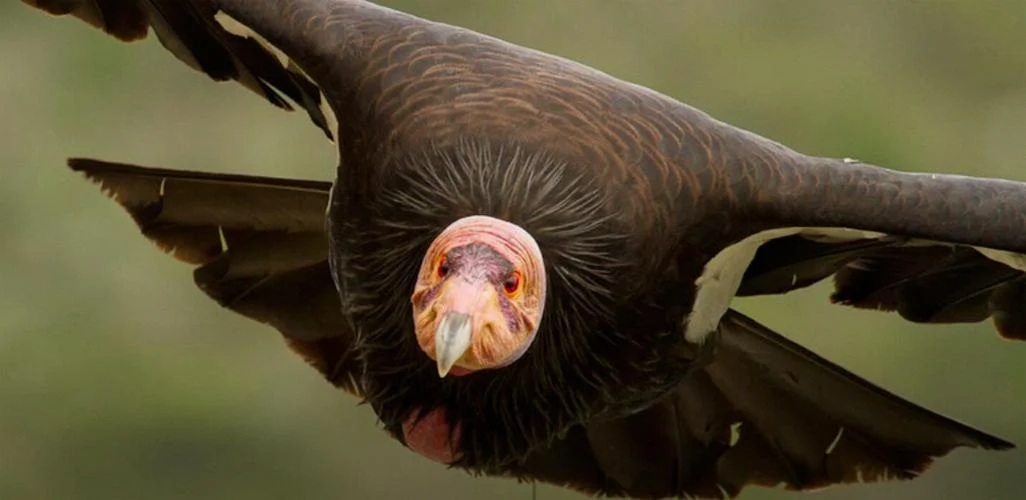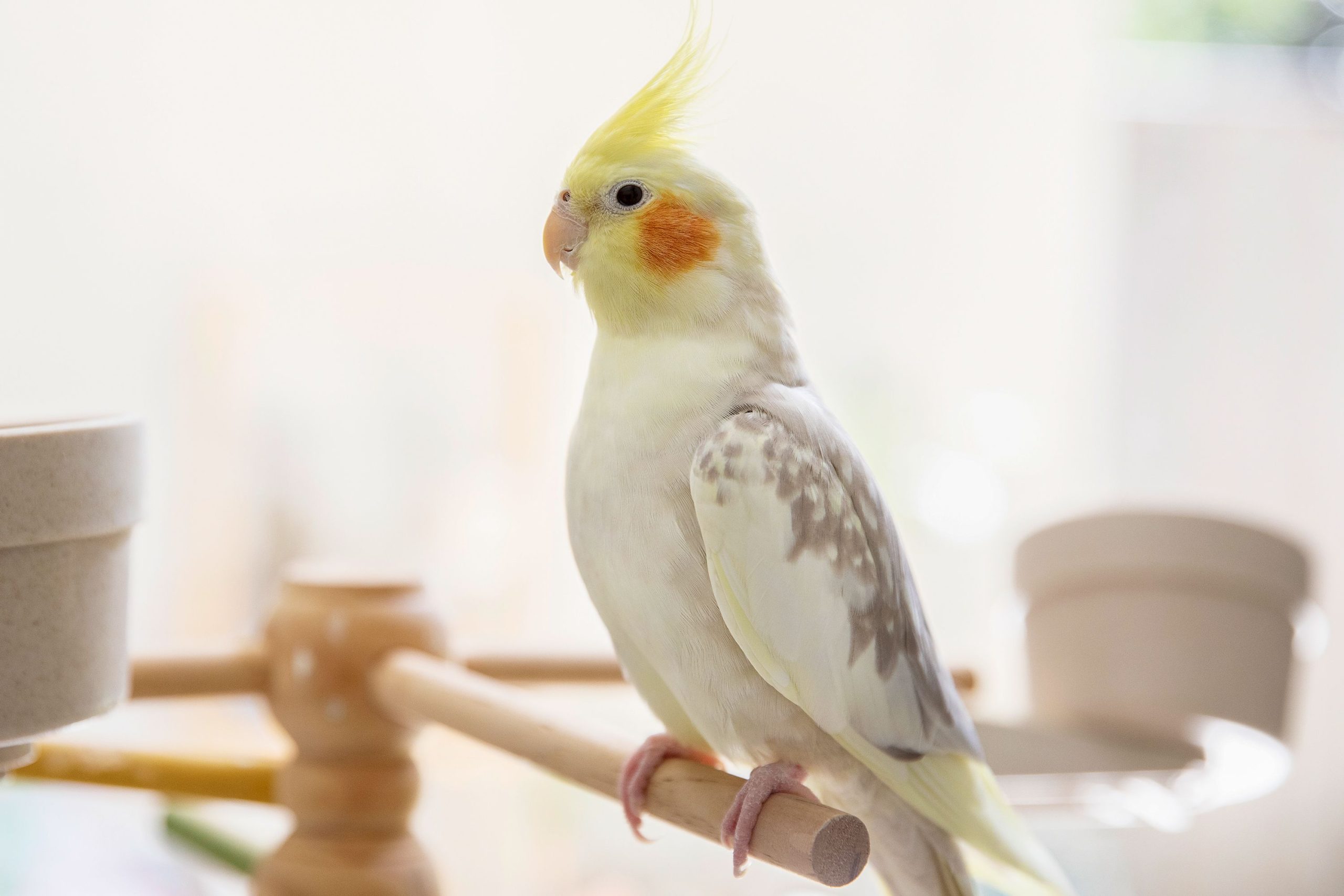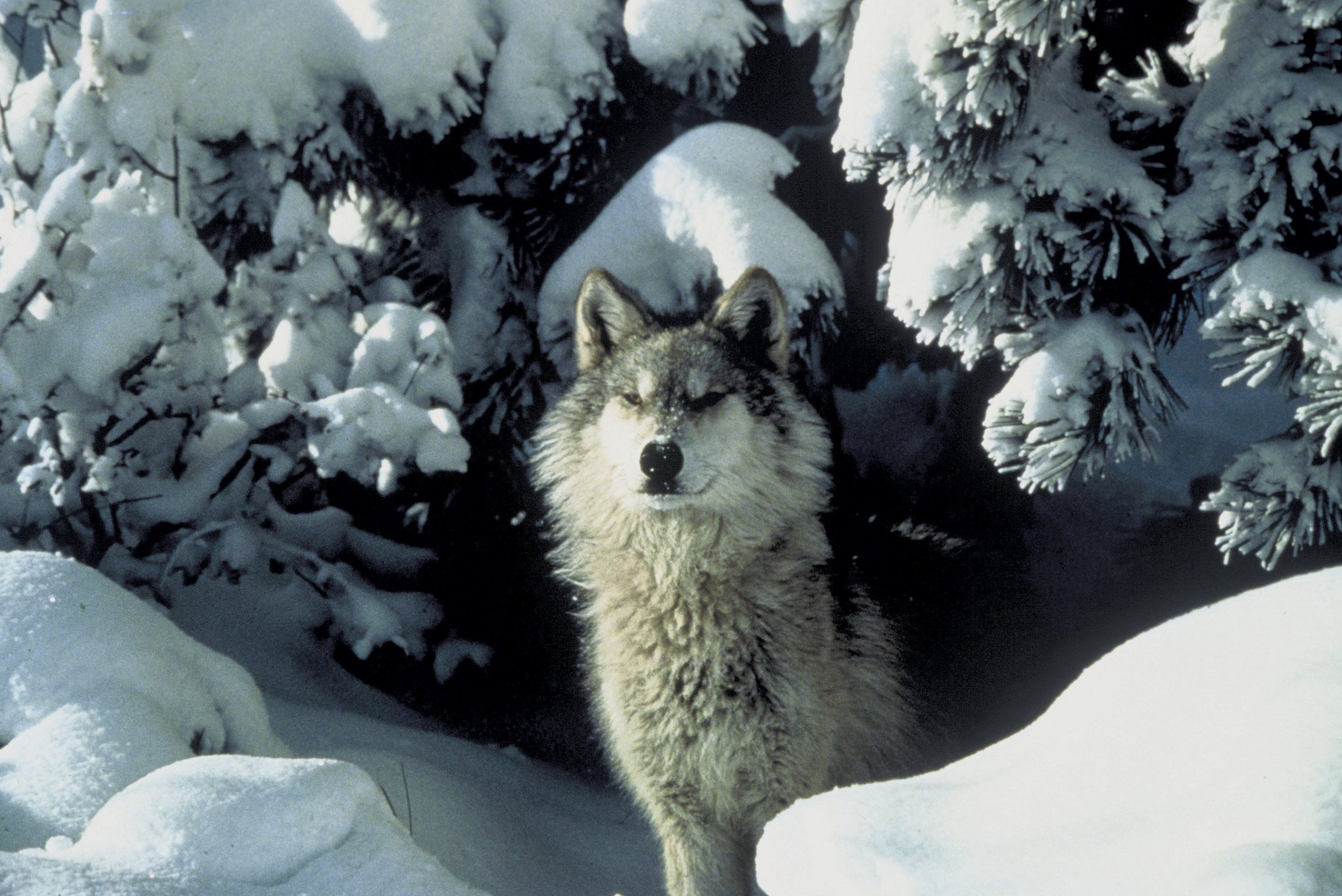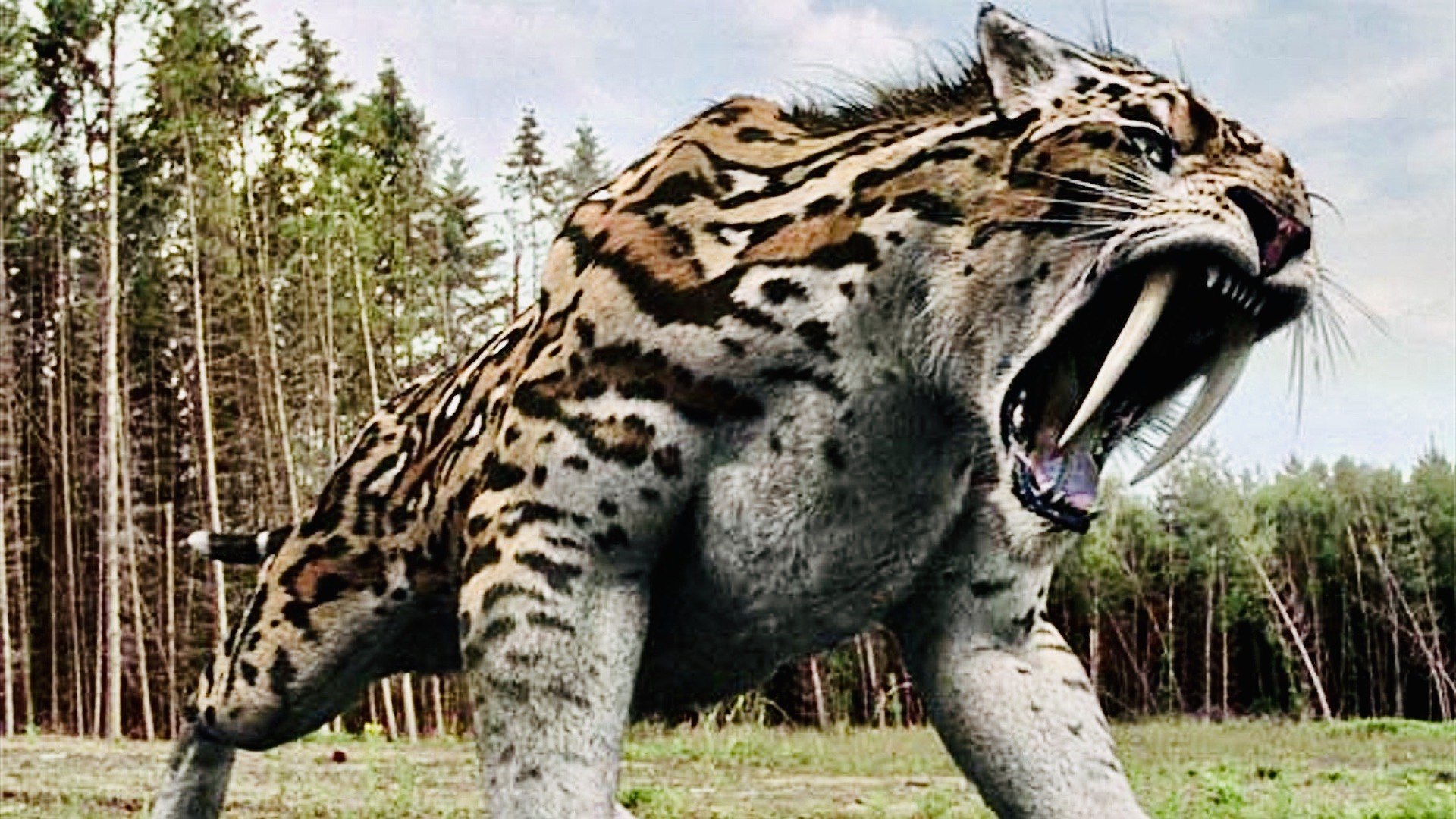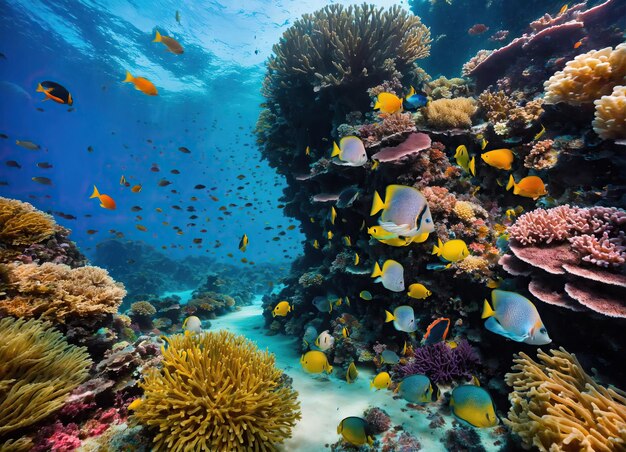priceless-stories.org – The platypus, one of the most unusual creatures on Earth, is a symbol of Australia’s diverse and extraordinary wildlife. This egg-laying mammal has baffled scientists for centuries due to its strange combination of traits found across different animal groups. With its duck-like bill, webbed feet, and ability to lay eggs, the platypus is a true marvel of evolution. In this article, we will explore the platypus’s distinctive features, its habitat, behavior, and conservation efforts.
Physical Characteristics and Adaptations
The platypus is known for its bizarre appearance, a blend of features that are found in various animal groups. Its most striking feature is its broad, flat bill, which resembles that of a duck. This bill is equipped with electroreceptors, which allow the platypus to detect electrical signals emitted by the muscles and nerves of prey underwater, aiding in hunting.
Platypuses are small, with an average body length of 40 to 60 centimeters (16 to 24 inches) and weighing around 1 to 2 kilograms (2.2 to 4.4 pounds). They have dense, waterproof fur that helps them maintain body heat while swimming in cold waters. Their webbed feet are perfect for swimming, and they have retractable claws that allow them to dig burrows in riverbanks.
Despite their amphibious nature, platypuses have short legs and are not particularly fast on land. However, their powerful swimming abilities allow them to navigate efficiently through water, where they spend most of their time hunting and foraging.
Habitat and Distribution
Platypuses are native to eastern Australia, including Tasmania. They are typically found in freshwater environments such as rivers, streams, and lakes, where they create burrows on riverbanks. These burrows are carefully constructed and provide a safe place for the platypus to rest, sleep, and care for their young.
They are primarily nocturnal and are most active at night, foraging for food in the water. Platypuses are known to live in both forested and open grassy areas, provided there is a reliable water source. They prefer areas that are rich in aquatic invertebrates, which make up the majority of their diet.
Diet and Feeding Habits
Platypuses are carnivorous and rely on a diet of invertebrates, including insects, worms, crustaceans, and small fish. They are skilled hunters and spend a significant amount of time underwater, using their sensitive bill to locate prey by detecting electrical impulses. They do not have eyes when submerged; instead, they rely on their sense of touch and electroreception to find food.
Platypuses typically dive for about 30 seconds to a minute, diving to depths of up to 2 meters (6.5 feet) while searching for food. They store their prey in special cheek pouches located at the back of their jaw, which they empty when they surface for air.
Reproduction and Lifespan
The platypus is one of the few mammals that lay eggs. Female platypuses can lay one to three eggs at a time, and after a gestation period of about ten days, they incubate their eggs in a burrow. Once the eggs hatch, the mother nurses her young by secreting milk from mammary glands. However, platypuses do not have nipples; instead, the milk is secreted through openings in the skin, and the young lap it up from the mother’s fur.
After about four months, the young are weaned and begin to venture out of the burrow, learning to forage and swim. Platypuses can live up to 10 to 17 years in the wild, though they face a range of threats that can affect their lifespan, particularly from human activity and environmental factors.
Behavior and Social Structure
Platypuses are generally solitary creatures and do not form social groups. They are most active at night, hunting alone in the waters and resting in their burrows during the day. Platypuses are highly territorial and will often defend their burrows from other individuals. Males and females come together only for mating, and after mating season, they go their separate ways.
Despite their solitary nature, platypuses are known for being incredibly skilled swimmers. Their streamlined bodies, webbed feet, and powerful tails enable them to move gracefully and efficiently through water, where they spend much of their time hunting and exploring.
Conservation Status and Threats
The platypus is currently classified as “Near Threatened” by the International Union for Conservation of Nature (IUCN), mainly due to habitat loss, pollution, and climate change. The destruction of riverbanks and freshwater habitats has significantly impacted platypus populations, as these environments are essential for their burrowing and feeding.
In addition to habitat loss, water pollution, such as chemical runoff and siltation, poses a major threat to the platypus’s food sources. Platypuses are also at risk from entanglement in fishing nets, predation by introduced species, and drowning in irrigation channels.
Conservation efforts have focused on protecting platypus habitats, improving water quality, and mitigating the impact of human activity on freshwater ecosystems. Some wildlife organizations are also working on research programs to monitor platypus populations and track changes in their habitats.
Platypus in Culture and Ecotourism
The platypus is an iconic symbol of Australia and has been featured in numerous cultural references, from local folklore to modern media. Its unique appearance and behavior continue to fascinate people around the world, and it remains one of Australia’s most beloved and mysterious creatures.
Ecotourism also plays a role in platypus conservation. Many visitors travel to Australia to see the elusive platypus in its natural habitat, often in the wild or in protected reserves. These encounters help raise awareness about the importance of preserving the platypus’s environment and support local conservation efforts.
Conclusion
The platypus is one of the most extraordinary animals in the world, with its unique blend of traits from different animal groups. Its ability to lay eggs, swim with ease, and hunt using electroreception makes it a fascinating subject of scientific study. As Australia’s ecosystems face growing pressures from climate change, pollution, and habitat destruction, the conservation of the platypus and its freshwater habitats is more important than ever. Through continued research, awareness, and protective measures, we can ensure that this remarkable mammal thrives for generations to come.

